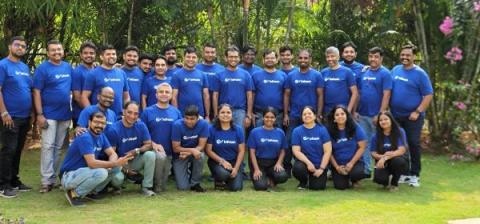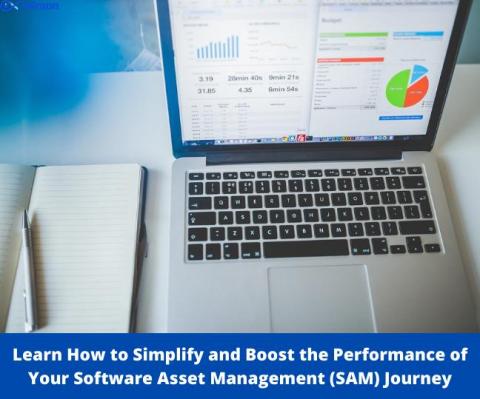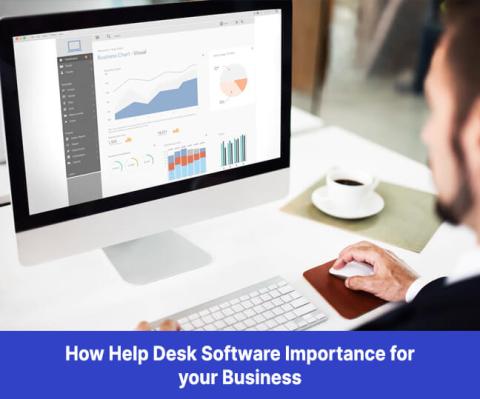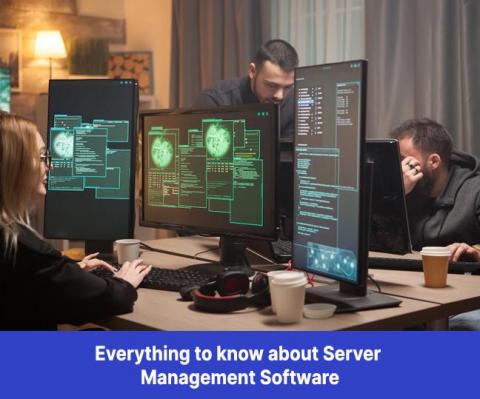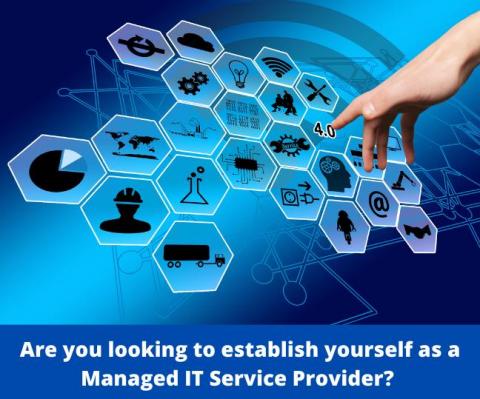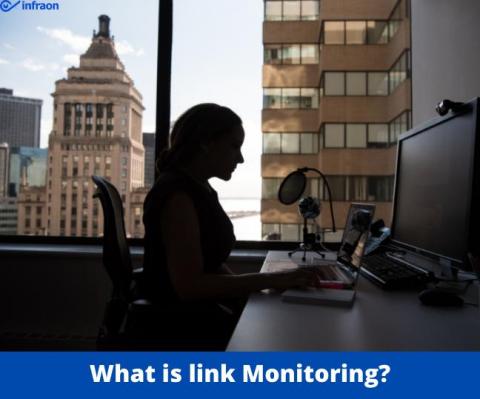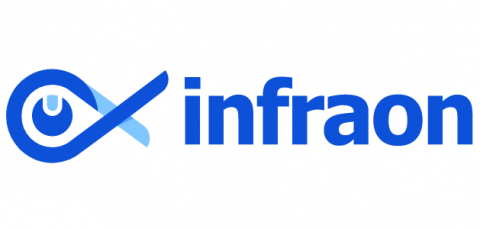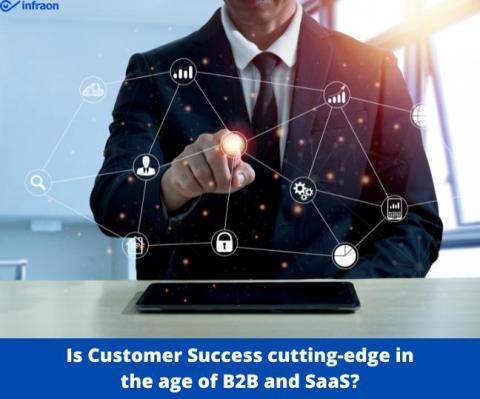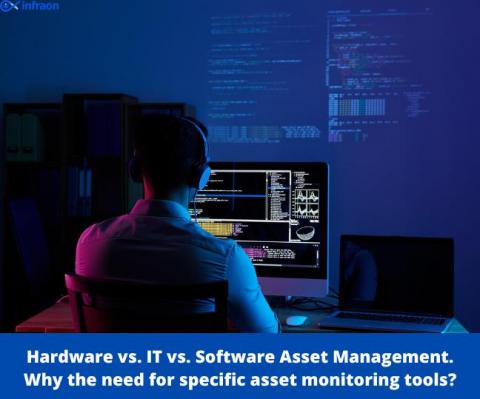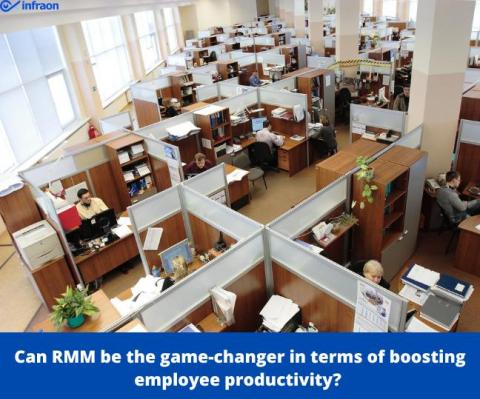How I went from a UX designer to starting two companies that solve the biggest ITOps challenges
In 2005, I started my career as a UX designer. A few years in, I was fiercely passionate about the little things that made a piece of software friendly and usable. Before working on the designs, I wanted to understand how the product works and what it could potentially do for the customer. I felt it was a part of the process. But soon, I grew more interested in how products can help achieve business differentiation.


